As usual, business and healthcare account for the top two industries hit hardest by these breaches.
- Businesses accounted for 476 total breaches (52.9%) with over 9.2 million records affected.
- Healthcare accounted for 228 total breaches (25.3%) with over 3.5 million records affected.
- Educational accounted for 96 total breaches (10.7%) with over 1.1 million records affected.
- Financial accounted for 56 total breaches (6.2%) with over 2.7 million records affected.
- Gov/Military accounted for 44 total breaches (4.9%) with over 216 thousand records affected.




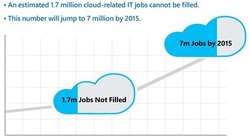


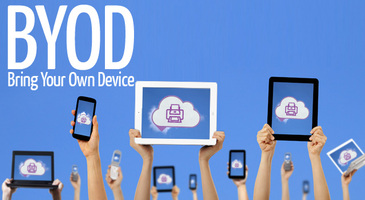

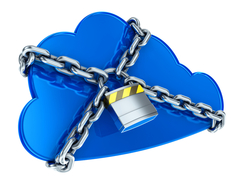

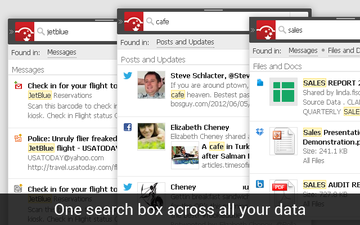
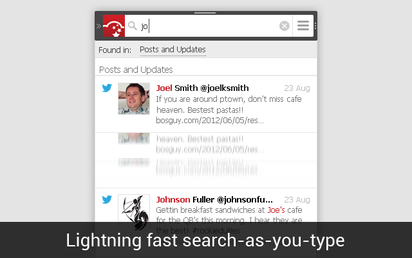
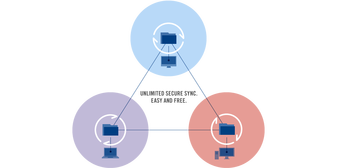
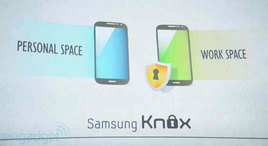


 RSS Feed
RSS Feed
